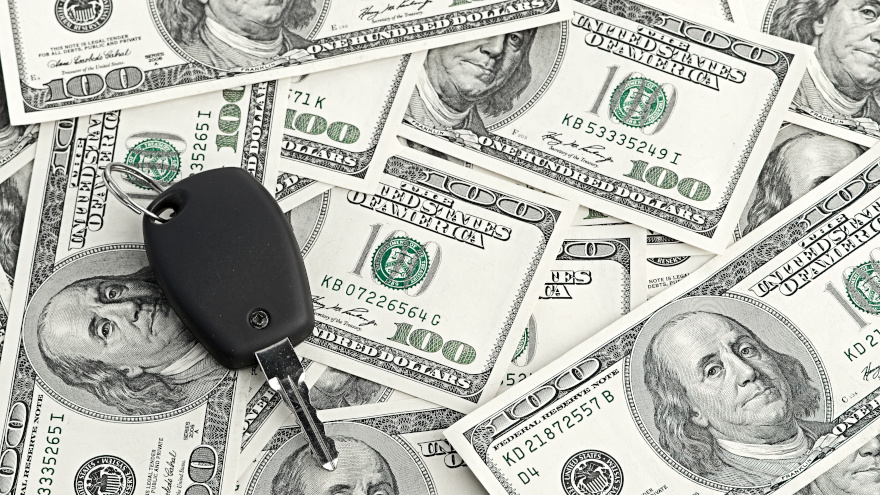February auto defaults drop by 10 basis points

Here’s some encouraging news amid all of the economic turmoil caused by COVID-19. The auto segment of the S&P/Experian Consumer Credit Default Indices showed a significant decline in February.
On Tuesday, Dow Jones Indices and Experian released their data through February and reported that auto defaults dropped 10 basis points on a sequential basis to land at 0.89%. That’s the lowest reading since last July when it also stood at 0.89% after two straight months when analysts pegged the metric at 0.87%.
And for some perspective in light of the coronavirus impact, data from Dow Jones Indices and Experian indicated the reading in January 2010 was 2.57% as the industry still was recovering from the Great Recession.
Turning back to the February data, Dow Jones Indices and Experian indicate the composite rate — a comprehensive measure of changes in consumer credit defaults — remained unchanged at 1.02%.
Analysts also found the first mortgage default rate stayed unchanged in February, too, holding at 0.84%. Going counter to the auto sector, Dow Jones Indices and Experian noticed the bank card default rate increased 13 basis points to 3.41%.
Among the five major metropolitan areas analysts track for the monthly update, analysts pointed out four cities posted lower default rates in February compared to the previous month.
Miami generated the largest decrease, dropping 11 basis points to 1.66%. New York fell 7 basis points to 1.00%, while Los Angeles dropped 6 basis points to 0.80%. Dallas dipped 5 basis points to settle at 1.02%.
Chicago was the only major metropolitan area that increased in February, rising 4 basis points to 1.21%.
Jointly developed by S&P Indices and Experian, analysts noted the S&P/Experian Consumer Credit Default Indices are published monthly with the intent to accurately track the default experience of consumer balances in four key loan categories: auto, bankcard, first mortgage lien and second mortgage lien.
The indices are calculated based on data extracted from Experian’s consumer credit database. This database is populated with individual consumer loan and payment data submitted by lenders to Experian every month.
Experian’s base of data contributors includes leading banks and mortgage companies and covers approximately $11 trillion in outstanding loans sourced from 11,500 lenders.


